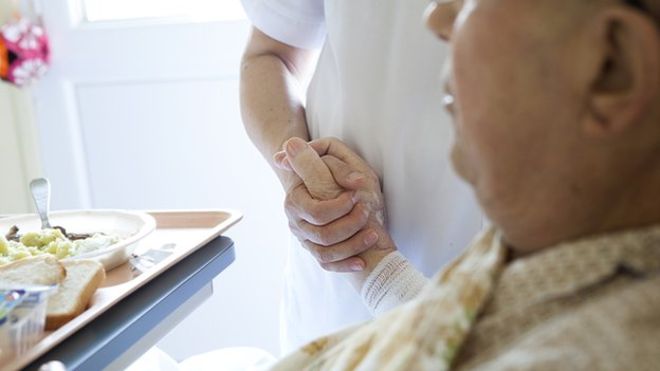Terminally ill patients often need extra medical care, even if they are out of the hospital. Due to their condition, they may not be able to get around on their own without assistance. For those who have family members around and who may have the proper transportation for a wheelchair or stretcher, they may not need terminally ill care transportation. Yet, not everyone is blessed with this type of help and depends on the services provided by medical personnel.

When someone needs medical transportation, it doesn’t necessarily mean they are facing a life and death situation at the moment. They may simply need to be monitored at all times and that includes during their time in the vehicle. Some terminally ill people may have problems with organs that no longer function on their own and may require equipment to keep them working. A medical transport can help them to continue receiving this support while getting from point A to Point B.
Terminally ill people need to get around, from their home or residence to doctor’s appointments or perhaps they simply want to visit somewhere outside of their everyday routine, such as a park, a favorite store, or to eat at a preferred restaurant. While the more common use of medical transportation is for a visit to the doctor or hospital, it is not confined to those moments.
A terminally ill patient may greatly benefit from terminally ill care transportation after a surgery as well. Most people have families who can help them after a surgery and bring them home, but for some people, the only way to be transported is with the help of medical transportation. The good news is that for the most part, non-emergency medical transport for the terminally ill is generally less expensive than using an ambulance for emergency situations.

Following are some things that can be found on a medical transport that could be necessary for an ill person who needs transport:
- Gurney
- Wheelchair Lift
- Wheelchair restraints
- Stretcher restraints
- First aid kit
- Medical equipment for patients who need to be hooked up to machinery
- Space for oxygen tanks
These are just some of the basic components for medical transport and many medical transport services may be much more complete in the life-saving gear that they have on board. Depending on the needs of the terminally ill patient, they could be just fine with a basic medical transport service that has room for a stretcher or they may require more specific help and care.